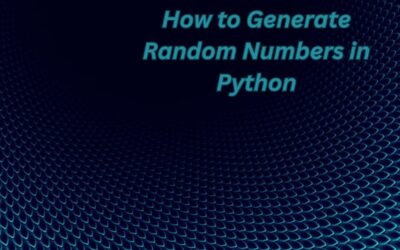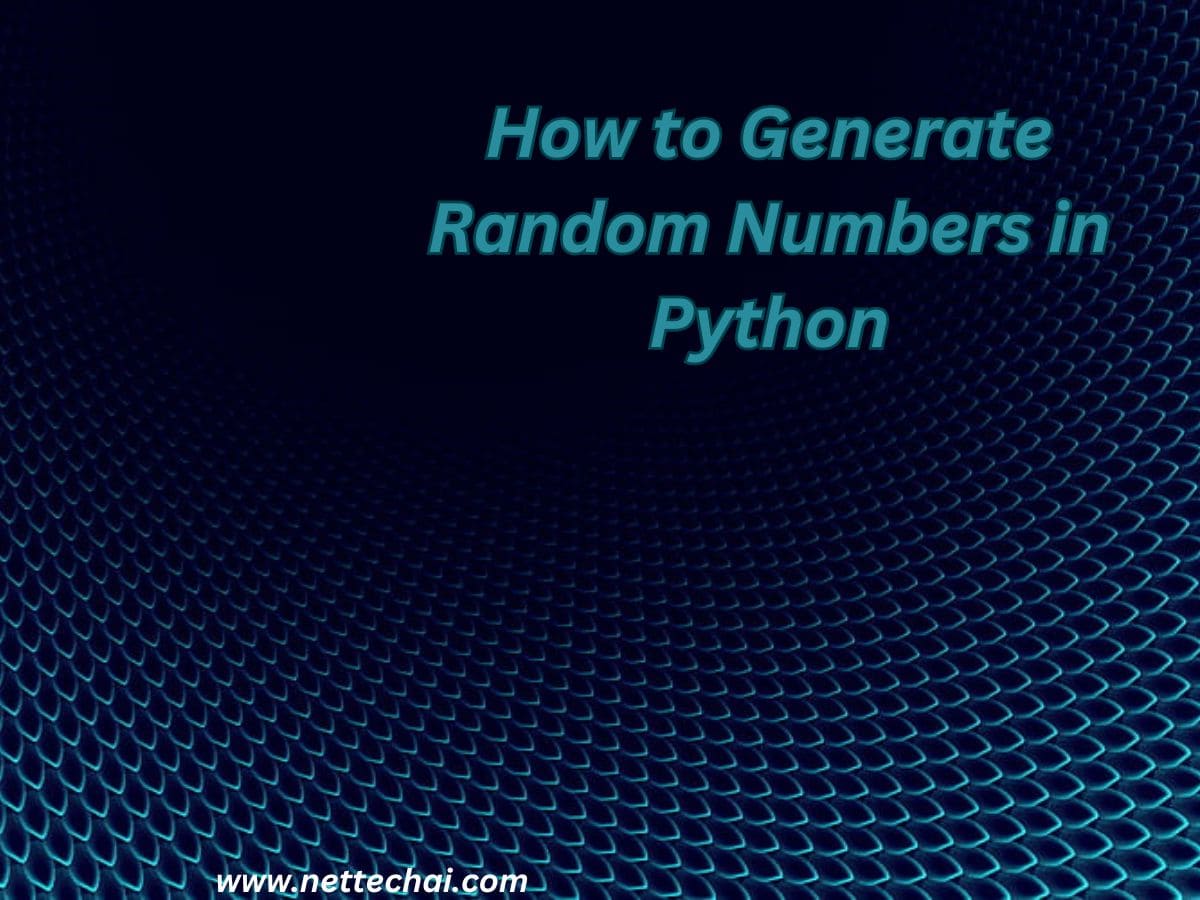Introduction:
In the dynamic realm of machine learning, Weka stands out as a versatile and powerful tool, offering a comprehensive suite known as the Weka Machine Learning Workbench. Weka, an acronym for Waikato Environment for Knowledge Analysis, has become a cornerstone for researchers, data scientists, and machine learning enthusiasts. In this article, we’ll delve into the various aspects of Weka, from its core functionalities to practical tips for mastering this robust tool.
What is Weka?
Weka is an open-source machine learning software developed at the University of Waikato in New Zealand. Launched in the late 1990s, Weka has evolved into a user-friendly and extensible platform, providing a plethora of tools for data preprocessing, machine learning, and visualization. Its name, Waikato Environment for Knowledge Analysis, aptly reflects its origin and purpose: to analyze and extract knowledge from data.
Introduction to the Weka GUI:
The graphical user interface (GUI) of Weka serves as the gateway to its myriad functionalities. With an intuitive design, the Weka GUI enables users to seamlessly navigate through the diverse tools and options available. Whether you are a beginner or an experienced data scientist, the Weka GUI provides a user-friendly environment to experiment with machine learning algorithms, visualize data, and develop robust models.
// java Code
// Sample code for loading a dataset in Weka
import weka.core.Instances;
import weka.core.converters.ConverterUtils.DataSource;
// Load dataset
DataSource source = new DataSource("dataset.arff");
Instances data = source.getDataSet();Weka Explorer:
At the heart of Weka’s GUI lies the Weka Explorer, a tool that facilitates data exploration, preprocessing, and model building. Users can load datasets, analyze attributes, and apply various filters to prepare data for machine learning tasks. The Explorer simplifies the model-building process by providing a step-by-step interface, making it accessible to users with varying levels of expertise.
Weka Experimenter:
For those seeking to conduct in-depth experiments and evaluations, the Weka Experimenter is an invaluable tool. It allows users to design and execute experiments, compare multiple algorithms, and analyze results comprehensively. The Experimenter streamlines the process of fine-tuning models, making it an essential component for researchers and data scientists aiming for optimal performance.
Need more help with Weka for Machine Learning?
Weka’s popularity is bolstered by a robust community and extensive documentation. Whether you are troubleshooting an issue or looking for best practices, the Weka community provides a wealth of support. Online forums, tutorials, and user groups offer a collaborative space to address queries and share insights, fostering a vibrant ecosystem around this powerful machine learning tool.
Machine Learning Types:
Weka supports various machine learning paradigms, including statistical classification, unsupervised learning, association rule learning, and deep learning. Its versatility extends to clustering, outlier detection, reinforcement learning, and more.
// Java Code
# Sample code for training a decision tree classifier in Weka
import weka.classifiers.trees.J48;
import weka.core.converters.ConverterUtils.DataSource;
import weka.core.Instances;
// Load dataset
DataSource source = new DataSource("dataset.arff");
Instances data = source.getDataSet();
data.setClassIndex(data.numAttributes() - 1);
// Train classifier
J48 classifier = new J48();
classifier.buildClassifier(data);Statistical Classification:
Statistical classification is a machine learning task that involves categorizing input data into predefined classes or categories based on the statistical properties of the data. It aims to learn a model from labeled training data and use that model to classify new, unseen instances into the appropriate categories.
Unsupervised Learning:
Unsupervised learning is a machine learning paradigm where the algorithm learns patterns and relationships from input data without explicit supervision or labeled outputs. The goal is often to discover the underlying structure or distribution of the data, identify clusters, or reduce dimensionality.
Association Rule Learning:
Association rule learning is a data mining technique that identifies interesting relationships, patterns, or associations among variables in large datasets. It is commonly used for discovering rules that describe the co-occurrence of items in transactional databases, such as market basket analysis.
Hierarchical Clustering:
Hierarchical clustering is a method of grouping similar data points into clusters in a tree-like or hierarchical structure. It iteratively merges or divides clusters based on the similarity between data points until a hierarchy of clusters is formed.
Partitioned Clustering:
Partitioned clustering involves dividing a dataset into non-overlapping subsets or clusters, where each data point belongs to exactly one cluster. Common algorithms for partitioned clustering include k-means and k-medoids.
Outlier Detection:
Outlier detection, also known as anomaly detection, is the process of identifying data points that deviate significantly from the expected or normal behavior of the dataset. It is used to find unusual patterns, errors, or anomalies that may indicate interesting events or data quality issues.
Reinforcement Learning:
Reinforcement learning is a type of machine learning where an agent learns to make decisions by interacting with an environment. The agent receives feedback in the form of rewards or penalties, and its goal is to learn a policy that maximizes the cumulative reward over time.
Deep Learning:
Deep learning is a subset of machine learning that involves neural networks with multiple layers (deep neural networks). These networks, often referred to as deep neural networks or deep learning models, can automatically learn hierarchical representations of data and have been successful in various tasks such as image recognition and natural language processing.
Others:
This category may encompass various other machine learning and data mining techniques that do not fall specifically into the mentioned categories. It could include methods like ensemble learning, feature engineering, dimensionality reduction, and more, depending on the context and specific techniques in use.
Knowledge Flow:
A standout feature of Weka is its Knowledge Flow interface, allowing users to design and visualize complex data processing and machine learning workflows. This visual representation enhances the understanding of the entire process, from data loading to model evaluation. Knowledge Flow empowers users to create intricate pipelines with ease, promoting transparency and reproducibility in their analyses.
Tips for Getting Started:
Embarking on a Weka journey? Here are some tips to enhance your experience:
- Familiarize yourself with the Weka Explorer and its step-by-step approach to model building.
- Explore the Weka Experimenter for in-depth analysis and comparison of machine learning algorithms.
- Join the Weka community for support and to stay updated on the latest developments.
- Experiment with the Knowledge Flow interface to build and visualize complex workflows efficiently.
Download Weka Right Now:
Ready to dive into the world of Weka? The software is freely available for download, ensuring accessibility to a broad audience. Whether you’re a student, researcher, or industry professional, the open-source nature of Weka encourages collaboration and innovation.
DOWNLOAD
Read the Weka Documentation:
To maximize the potential of Weka, delve into the extensive documentation provided. From basic tutorials to advanced guides, the documentation serves as a valuable resource for users at all skill levels. Understanding the nuances of Weka’s features will empower you to harness its full capabilities.
Extensions and Plugins for Weka:
Extend the functionality of Weka by exploring its rich ecosystem of extensions and plugins. These add-ons cater to specific needs and domains, enhancing Weka’s capabilities for specialized tasks. Stay abreast of the latest extensions to leverage cutting-edge features in your machine learning projects.
Online Courses on Weka:
For a structured learning experience, consider enrolling in online courses dedicated to Weka. These courses, often led by experts, provide hands-on experience and guidance, accelerating your journey to becoming a proficient Weka user.
Develop Your Own Models in Minutes:
Weka’s user-friendly interface and extensive library of algorithms empower users to develop machine learning models swiftly. Experiment with different algorithms, fine-tune parameters, and iterate to achieve optimal results. Weka’s efficiency lies in its ability to democratize machine learning, enabling users to create powerful models without extensive coding.
Finally, Bring Machine Learning to Your Own Projects:
Whether you are working on research, academic projects, or industry applications, Weka seamlessly integrates with your workflow. Its adaptability, combined with a rich set of features, makes Weka a go-to choice for incorporating machine learning into diverse projects. From data preprocessing to model deployment, Weka provides the tools to elevate your projects to new heights.
Discover Machine Learning Without the Code!
Weka’s appeal extends beyond seasoned programmers to individuals eager to explore machine learning without extensive coding. Its GUI-driven approach and visual interfaces open the doors to a wider audience, democratizing machine learning and fostering innovation across various domains.
Conclusion:
In the ever-evolving landscape of machine learning, Weka stands as a stalwart companion, offering a versatile and accessible platform for data analysis and model development. From its intuitive GUI to advanced tools like the Experimenter and Knowledge Flow, Weka caters to users with varying levels of expertise. Download Weka today, explore its vast capabilities, and embark on a journey of discovery in the realm of machine learning—where knowledge meets analysis.






